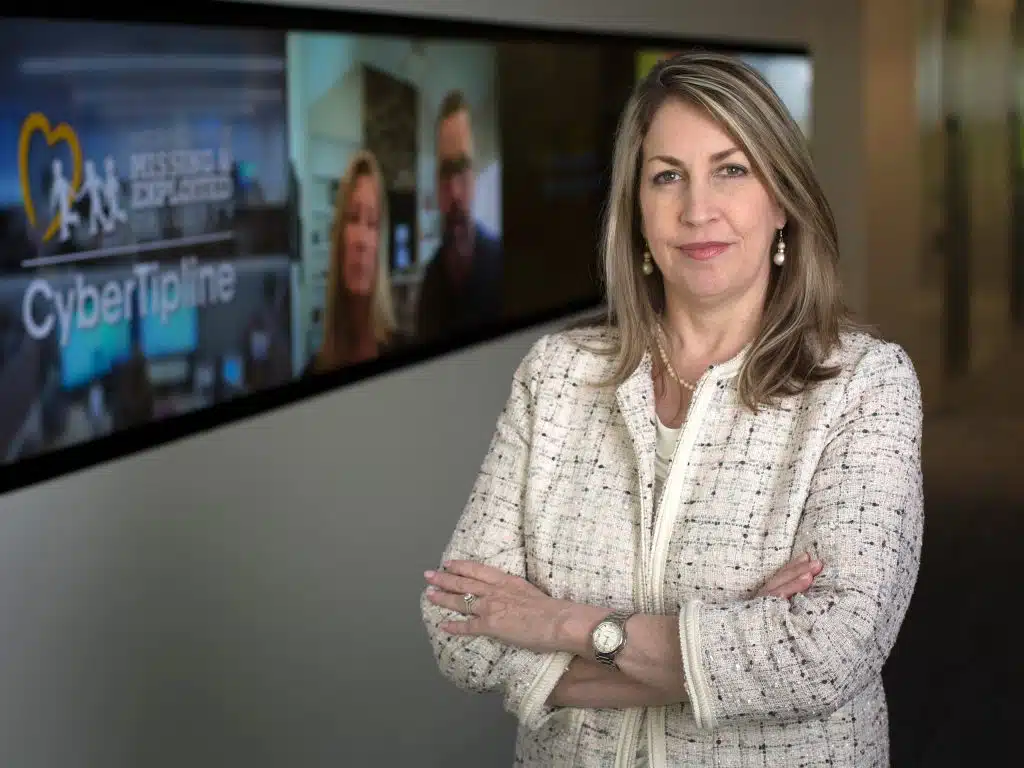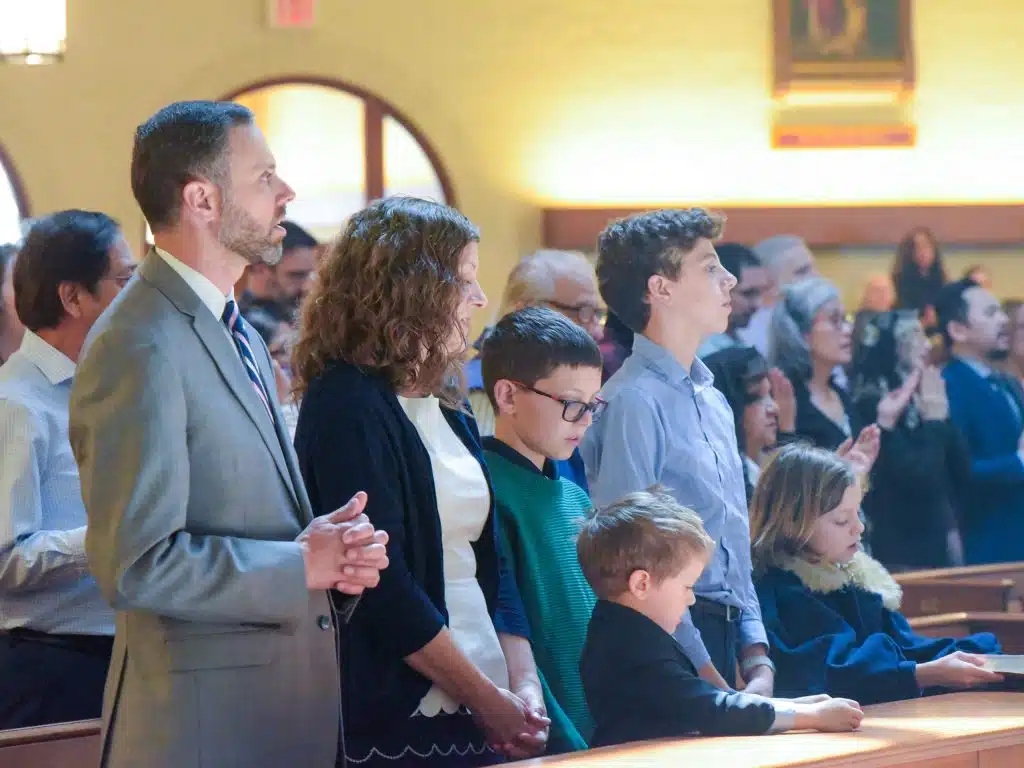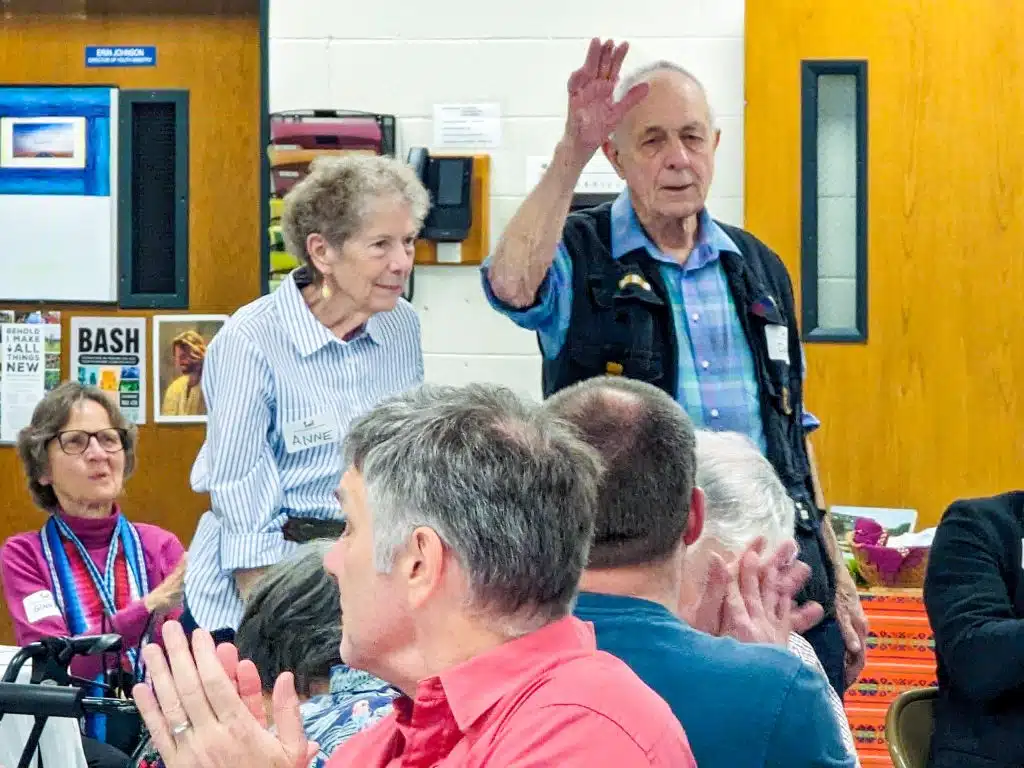Vestments violet and black that shine with gold and silver. Lit candle flames atop shining brass and incense rising to heaven. Prayers muttered, sung and silent. A table full of the photographs of loved ones and friends — these are the signs of the feasts of All Saints and All Souls at St. Charles Borromeo Seminary in Wynnewood, Pa. This is the season of our yearly Forty Hours Devotion, the three days when we keep prayerful vigil in front of Our Lord in the Eucharist. It is this time of year that the church triumphant and suffering seem to pierce the thin veil that keeps them front sight, reaching out through relics, images and words to touch the lives of those of us still in the midst of this earthly travail. This is the time of year where the past truly does come alive. And I love it.
I am a convert to the Catholic faith and a passionate lover of history. I came into the church in 2013 after understanding through study that the Catholic Church is the true church. I later discerned a call to the priesthood based in part on my awe in the face of the Catholic idea of the communion of saints — that those who came before us surround us and pray for us and are not gone but are alive. Part of my duties at the seminary this year has been to help catalogue the vast collection of relics we have — a job that has only deepened my appreciation of these things. As I prayed at Forty Hours this year, perhaps unsurprisingly, I kept coming back to one of the central insights of my conversion.
G. K. Chesterton (the writer to whom I most credit my conversion) famously commented that tradition was a “democracy of the dead.” It “refuses to submit to the small and arrogant oligarchy of those who merely happen to be walking about.” He meant this to attack the prevailing mood of his time and ours, what he called chronological snobbery — that the past is worthless, and anything good must be new, forward-thinking, and of course not “outdated.” That we can be anything except like our ancestors is a modern dogma. But a Catholic can never believe this, if only because so much of the faith reminds us of the contrary. We receive the faith from our parents and grandparents, truths and traditions that span centuries, continents, and cultures and generations of saints, whose statues and relics peek out at us from every corner of our churches. The past for a Catholic is truly alive and speaks with authority.
This is an often-overlooked good of the season — it confronts us with the past, and its inhabitants simply are allowed to be people, men and women like ourselves whom we must someday join in death. We pray for them and they pray for us, before the same Eucharistic Lord who unites us all in a love that transcends both time and prejudice and calls us alike to heaven.
Joseph, who is from Our Lady of Hope Church in Potomac Falls, is in his second year of pre-theology at St. Charles Borromeo Seminary in Wynnewood, Pa.


